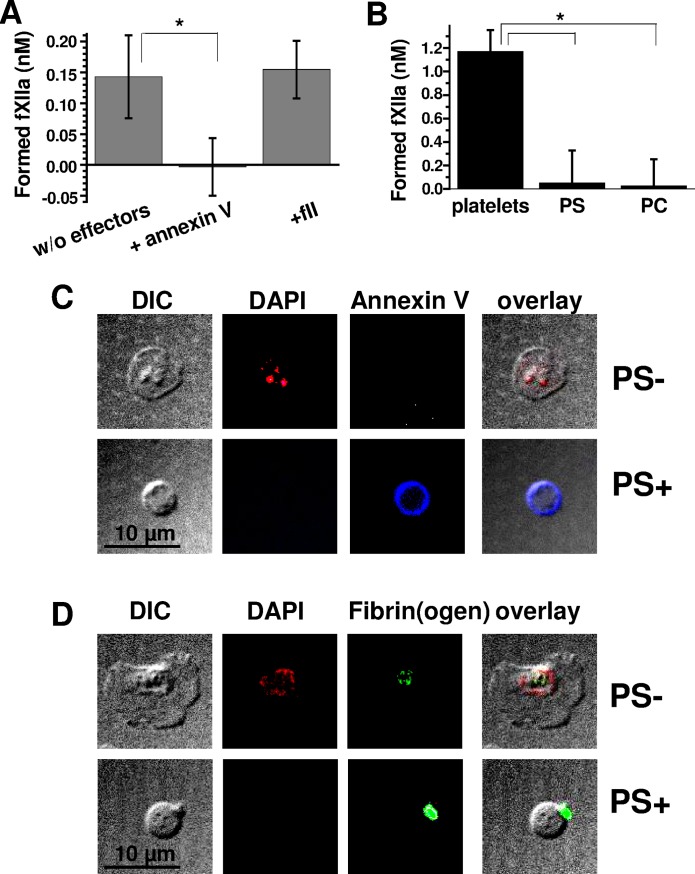Fig 4. The role of PS and poly-P in surface-associated fXII activation by platelets.
(A) The effect of 20 μg/mL annexin V or 1.5 μM prothrombin on 280 nM fXII activation (in the presence of 2.5 mM CaCl2) by A23187-activated (secretion-depleted) platelets (n = 3). (B) Comparison of the fXIIa-generating capacities for A23187-activated platelets (at 2×106/mL) and 4 μM PS- or PC-liposomes (depicted as PS and PC, respectively) in 20% chelated plasma. The mean values (±SD) were calculated from three independent experiments (n = 3). (C) Confocal microscopy analysis of poly-P localisation in activated platelets with 2.5 mM calcium. DAPI was used as poly-P marker [27], and AlexaFluor-647-annexin V was used as a marker for procoagulant PS-positive platelets (labelled “PS+”). PS-negative activated platelets are labelled “PS-” (n = 3). (D) Confocal microscopy analysis of poly-P localisation in activated platelets without 2.5 mM calcium. FITC-anti-fibrin(ogen) antibody was used as an activated platelet marker (n = 3). The images in (C) and (D) were collected at an ∼2 μm z-depth over the fibrinogen surface to reduce non-specific fibrinogen immunofluorescence.

